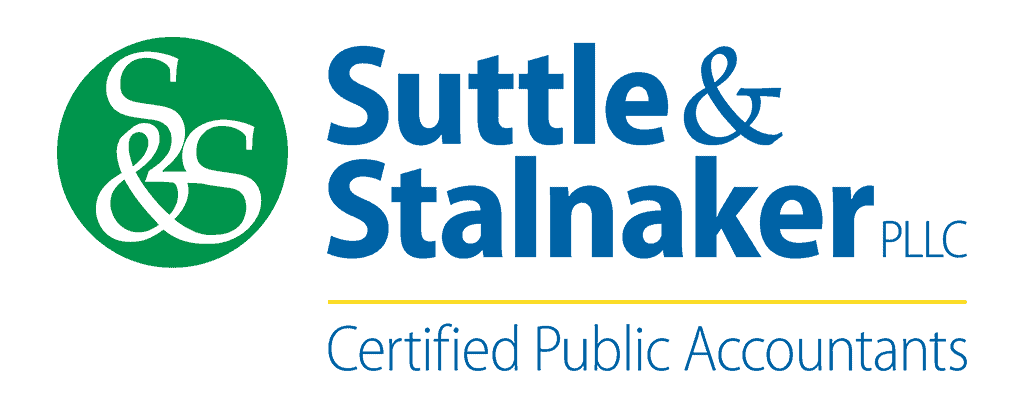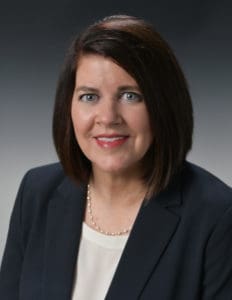Employees can put an extra $200 into their health care flexible spending accounts (health FSAs) next year, the IRS announced on Oct. 18, as the annual contribution limit rises to $3,050, up from $2,850 in 2022. The increase is double the $100 rise from 2021 to 2022 and reflects recent inflation. If the employer’s plan permits the carryover of unused health FSA amounts, the maximum carryover amount rises to $610, up from $570.
Unlike in recent years, when FSA limits for the forthcoming year were released in November, this year’s announcement should give more employers time to incorporate the adjustments into their open enrollment platforms and materials.
The IRS has not yet announced 2023 contribution limit COLAs for 401(k) and similar defined contribution plans, or annual limit adjustments for defined benefit pension plans.
Health FSAs
The chart below shows the adjustment in health FSA contribution limits for 2023. Employers may set lower limits for their workers.
| Health Flexible Spending Accounts (Includes limited-purpose FSAs) | 2023 | 2022 | Change |
| Maximum salary deferral
|
$3,050 | $2,850 | +$200 |
| Maximum carryover amount
|
$610 | $570 | +$40 |
The limit also applies to limited-purpose FSAs that are restricted to dental and vision care services, which can be used in tandem with health savings accounts (HSAs).
The IRS released 2023 HSA contribution limits in April, giving employers and HSA administrators plenty of time to adjust their systems for the new year. The individual HSA contribution limit will be $3,850 (up from $3,650) and the family contribution limit will be $7,705 (up from $7,300).
Carryover Amounts or Grace Period
Health or dependent care FSA funds that are not spent by the employee within the plan year can include a two-and-a-half-month grace period to spend down remaining FSA funds, if employees are enrolled in FSAs that have adopted the grace period option.
Health FSAs have an additional option of allowing participants to carry over unused funds at the end of the plan year, up to an inflation-adjusted limit set by the IRS, and still contribute up to the maximum in the next plan year. Health FSA plans can elect either the carryover or grace period option but not both.
Employer Health FSA Contributions
If employers provide health care FSA contributions, this amount is in addition to the amount that employees can elect. Employees can elect up to the IRS limit and still receive the employer contribution.
The IRS puts a limit on an employer’s contribution to a health FSA based on how much the employee contributes:
- An employer may match up to $500 whether or not the employee contributes to a health FSA.
- Starting at $501, employers may only make a dollar-for-dollar match to the employee’s contribution.
Dependent Care FSAs
A dependent care FSA (DC-FSA) is a pretax benefit account used to pay for dependent care services such as day care, preschool, summer camps and non-employer-sponsored before or after school programs. Funds may be used for expenses relating to children under the age of thirteen (13) or incapable of self-care who live with the account holder more than half the year.
These plans may also be referred to as dependent care assistance plans (DCAPs) or dependent care reimbursement accounts (DCRAs).
In general, an FSA carryover only applies to health FSAs, although COVID-19 legislation permitted a carryover of unused balances for DC-FSAs into the next plan year for plan years 2020 and 2021 only.
The dependent care FSA maximum annual contribution limit is not indexed and did not change for 2022 or for 2023. It remains $5,000 per household for single taxpayers and married couples filing jointly, or $2,500 for married people filing separately. Married couples have a combined $5,000 limit, even if each has access to a separate DC-FSA through his or her employer.
| Dependent Care Flexible Spending Accounts (DCFSA) | 2023 | 2022 | Change |
| Maximum salary deferral (single taxpayers & married filing jointly) | $5,000 | $5,000 | No Change |
| Maximum salary deferral (married couples filing separately) | $2,500 | $2,500 | No change |
Employers can also choose to contribute to employees’ DCFSAs. However, unlike with a health FSA, the combined employer and employee contributions to a DCFSA cannot exceed the IRS limits noted above.
A separate tax code child and dependent care tax credit cannot be claimed for expenses paid through a DCFSA, as “double dipping” is not permitted.
Elder care may be eligible for reimbursement with a DCFSA if the adult lives with the FSA holder at least 8 hours of the day and is claimed as a dependent on the FSA holder’s federal tax return.
Our HR Consulting team has the knowledge and expertise to help you and your business navigate the complexities of Human Resource. Please contact Kara Garibian or Drema Foster if you or your business needs assistance with Human Resources.

